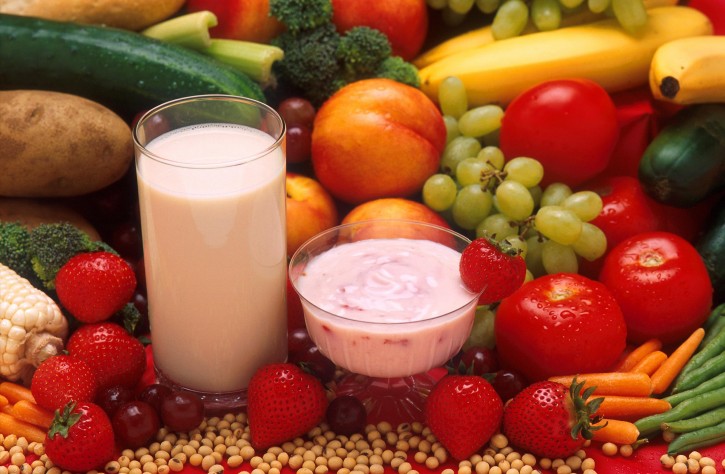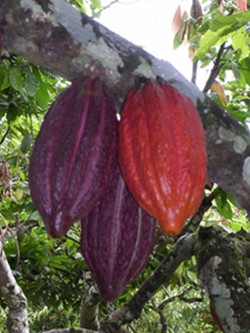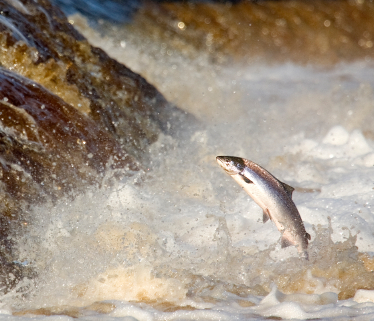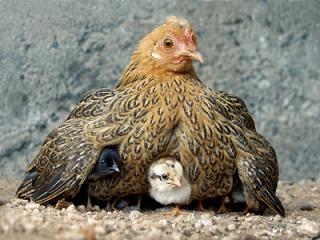The companies that make and distribute the things we use every day can choose to retool their operations to be more earth-friendly – even in ways we may not see in the products themselves. Greenbiz.com, one of my favorite sources of news on industry and the environment, recently ran an article on Danone, the European dairy company that also sells its products in this country. 
I must admit that dairy is not earth-friendly or even animal-friendly, since the milk comes from cows whose calves have been taken away. But I also believe that incremental change is better than no change, so with an acknowledgement of that moral dilemma, here goes:
Danone developed a way to compare the environmental impacts of its own products – even if they are almost identical, with only a few differing ingredients. “Now you can understand the embedded carbon in strawberry yogurt versus banana yogurt versus strawberry-banana yogurt,” said Scott Bolick, vice president of sustainability solutions at analytical services company SAP.
Danone is incentivizing its program by linking global managers’ bonuses to their success in reducing their carbon footprints – by doing things like devising more efficient delivery routs or changing packaging.
Almost every blog post I write contains a discovery. I’d never heard of SAP before, but it is a 40-year-old global software company that helps companies “operate profitably, adapt continuously, and grow sustainably.” It must be doing something right — the Environmental Protection Agency just last month gave SAP a Climate Leadership Award.
Here’s an earth-friendly thing you can do — enjoy yogurt made from soy milk!



